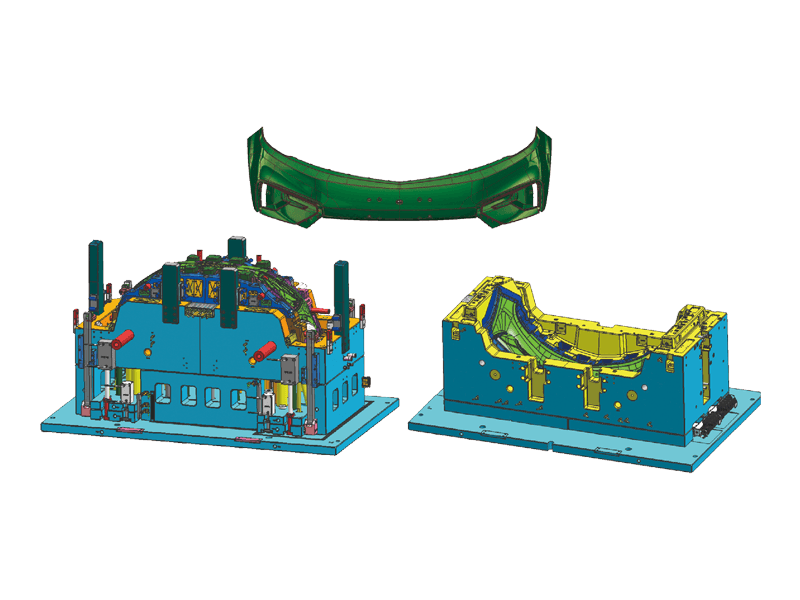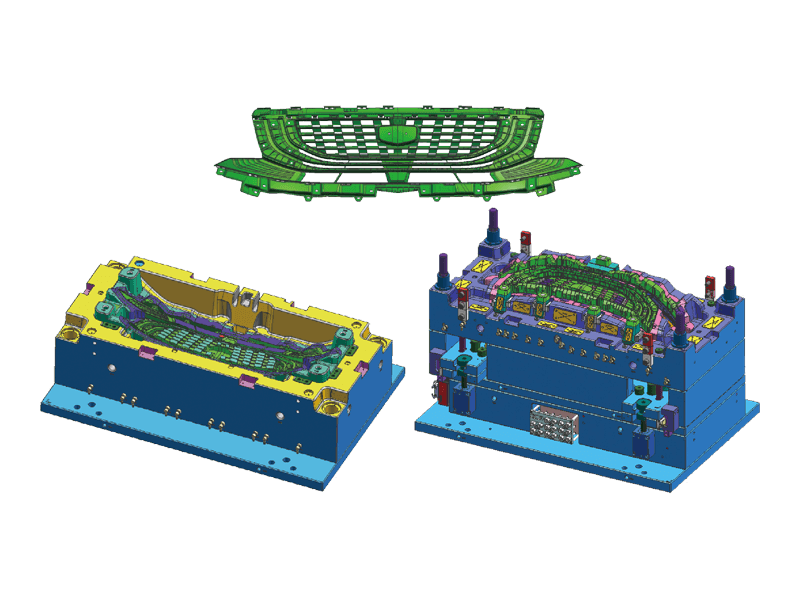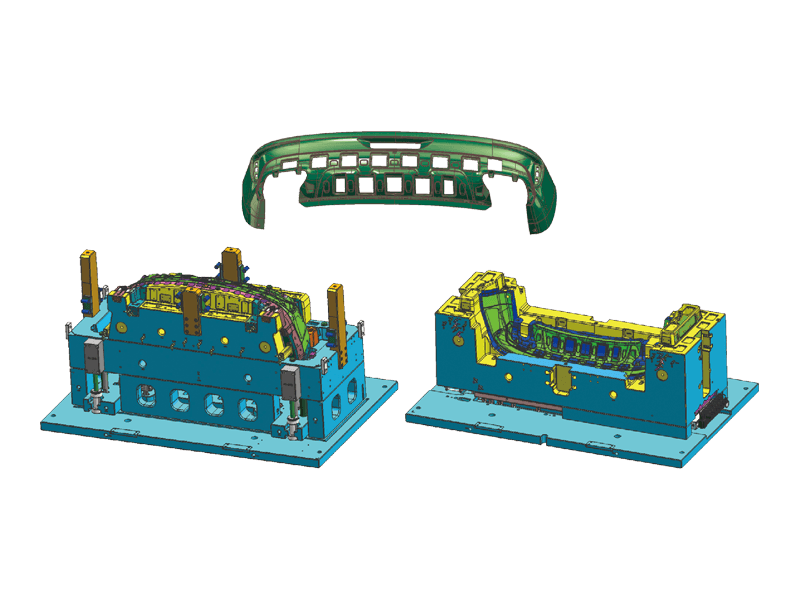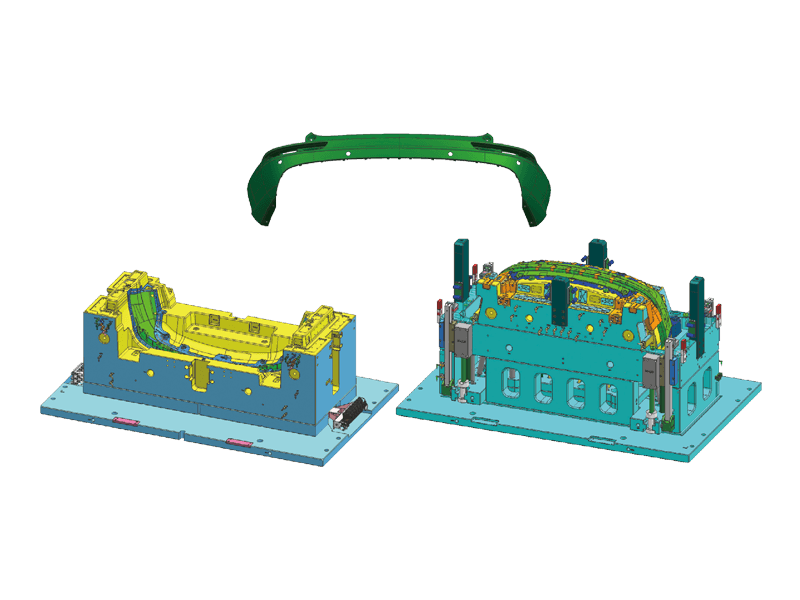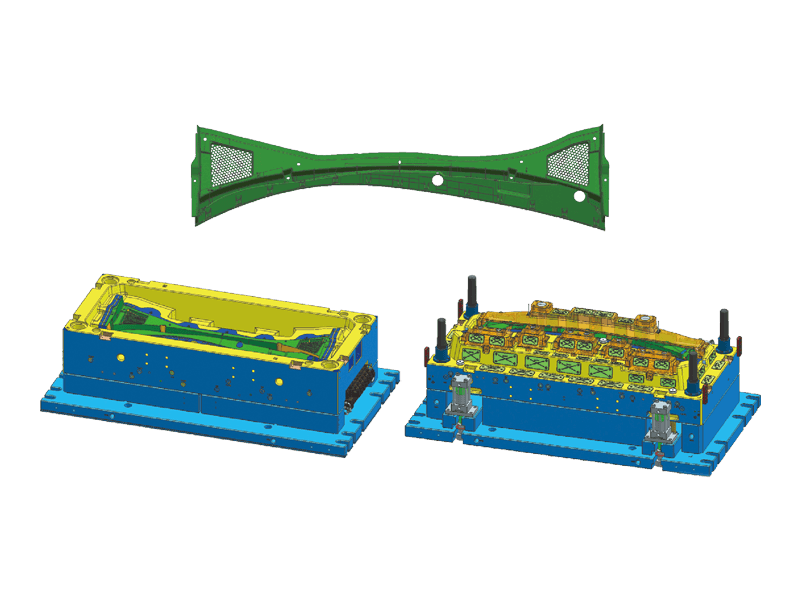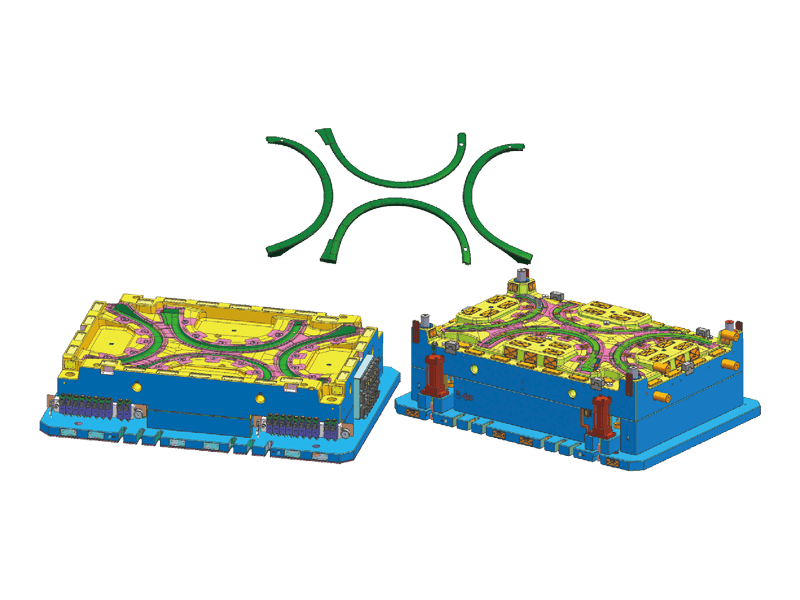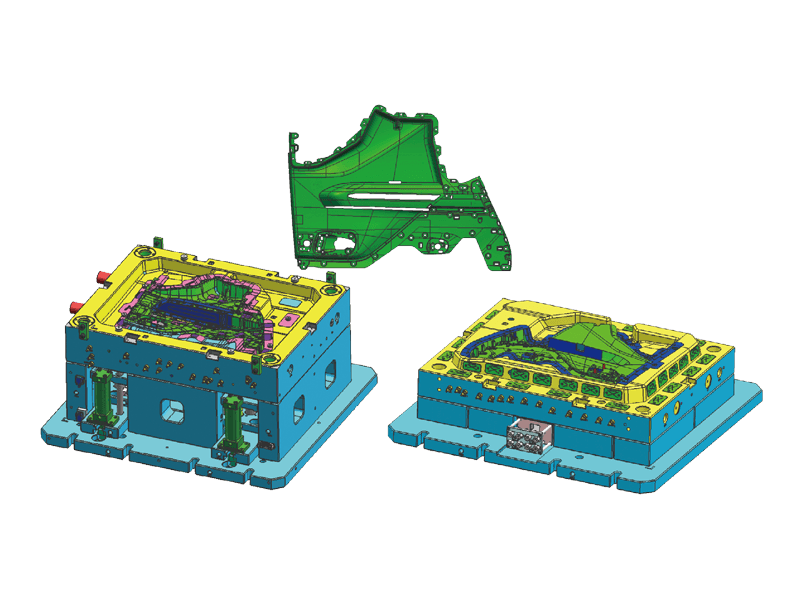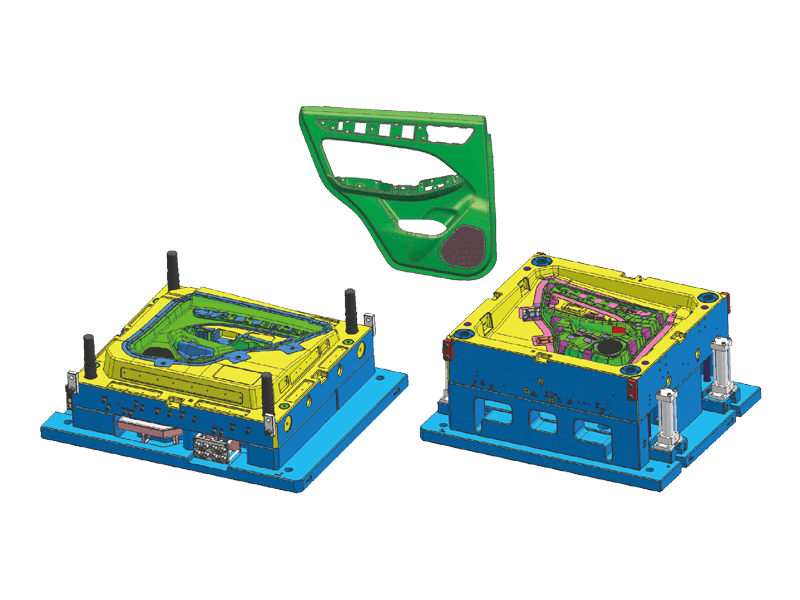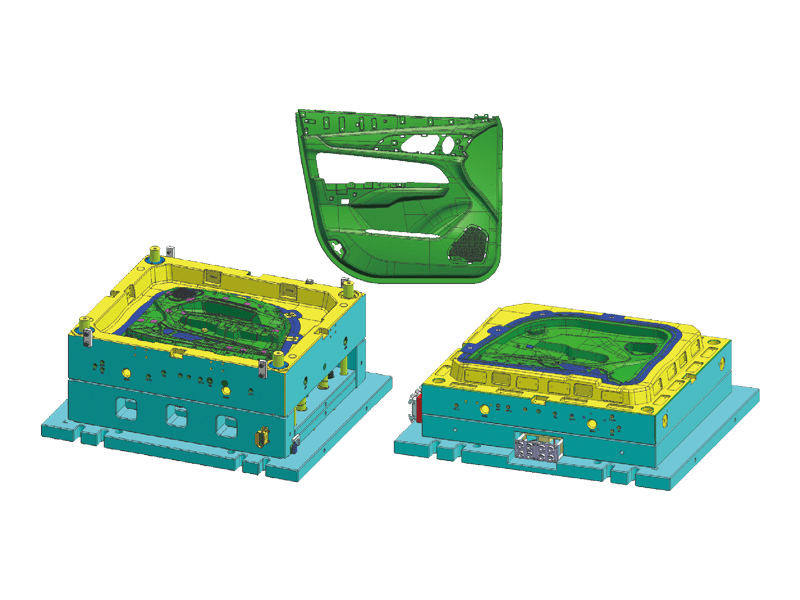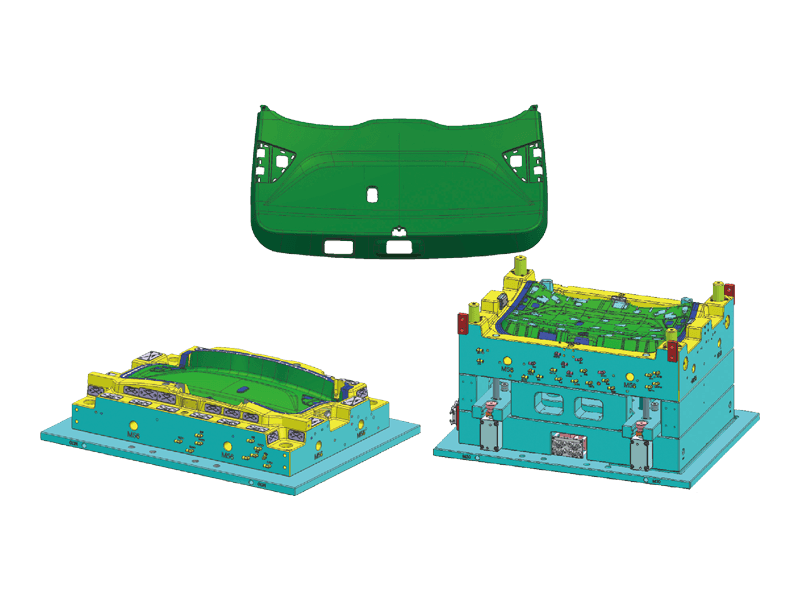In the ever-evolving automotive industry, precision, durability, and efficiency are important. One of the lesser-known but critical components in vehicle design is the threshold board—an interior trim part located at the base of car doors. The manufacturing of this essential piece has been changed by Auto Plastic Threshold Board Injection Molding, a process that ensures high-quality output while reducing production costs and time.
What Is Auto Plastic Threshold Board Injection Molding?
Auto Plastic Threshold Board Injection Molding is a specialized manufacturing process that involves injecting molten plastic into a mold to form the threshold board used in vehicles. This technique allows for the production of complex, durable, and aesthetically pleasing components that meet the stringent demands of automotive manufacturers.
By utilizing high-grade thermoplastics and precisely engineered molds, Auto Plastic Threshold Board Injection Molding ensures that each threshold board is consistent in shape, color, and structural integrity. This process is proper for mass production, as it significantly reduces variability and the risk of defects.
Advantages of the Injection Molding Process
There are several reasons why Auto Plastic Threshold Board Injection Molding has become the good method for producing automotive threshold boards:
Precision Engineering: Injection molding enables the creation of intricate designs and fine details that are difficult to achieve with other manufacturing methods.
High Efficiency: The molding process is fast and scalable, making it proper for large production runs without compromising quality.
Cost-Effective: Once the initial mold is created, the per-unit production cost drops significantly, especially for high-volume orders.
Material Flexibility: A variety of plastic resins can be used, allowing for customization based on strength, texture, and color requirements.
Enhanced Durability: Products created through Auto Plastic Threshold Board Injection Molding are resistant to wear, heat, and chemical exposure, making them proper for the automotive environment.
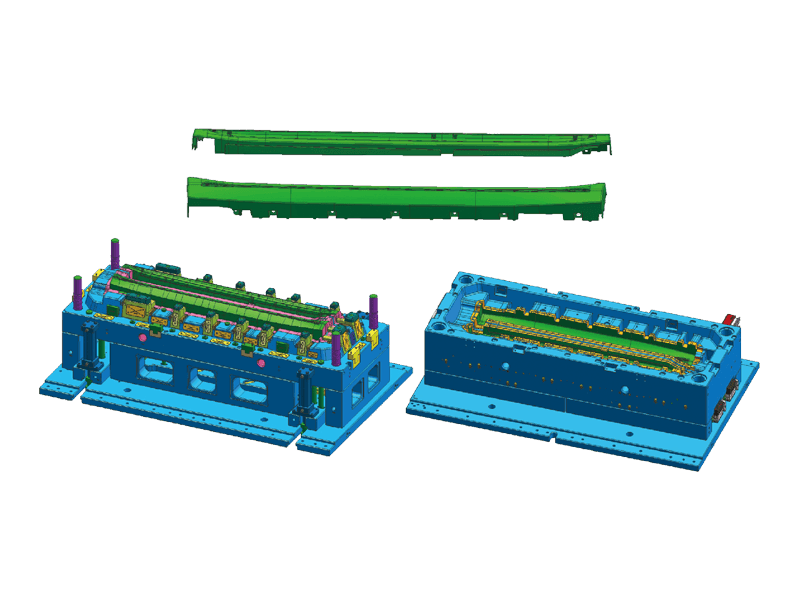
Applications in the Automotive Industry
Auto manufacturers demand components that meet strict safety, comfort, and aesthetic standards. Auto Plastic Threshold Board Injection Molding allows them to meet these requirements with ease. The threshold board not only protects the vehicle’s interior from dirt and damage but also contributes to the overall look and feel of the car.
Furthermore, Auto Plastic Threshold Board Injection Molding supports the integration of features such as logo embossing, LED lighting strips, and textured surfaces, all of which add value to the final product.
Environmental and Economic Benefits
Modern Auto Plastic Threshold Board Injection Molding facilities are designed with sustainability in mind. Many use recycled materials and advanced waste-reduction systems to reduce environmental impact. Moreover, because the process requires less manual labor and energy compared to traditional manufacturing, it supports cost reduction and eco-friendly operations.
Economically, the injection molding approach reduces turnaround time, improves supply chain efficiency, and boosts overall production output. This allows manufacturers to respond quickly to changes in market demand or vehicle model updates.
Innovations in the Field
Recent advancements in Auto Plastic Threshold Board Injection Molding include the use of bio-based polymers and smart molds equipped with sensors for real-time quality monitoring. These innovations improve material sustainability and help detect potential flaws early in the production cycle, reasulting in better quality control.
Quality Control and Standards
Because of its application in safety-sensitive areas of the vehicle, Auto Plastic Threshold Board Injection Molding must adhere to rigorous quality standards. This includes dimensional checks, tensile strength testing, and color uniformity verification. Consistent quality ensures that parts function as expected and match the design requirements of various car models.


 English
English 中文简体
中文简体